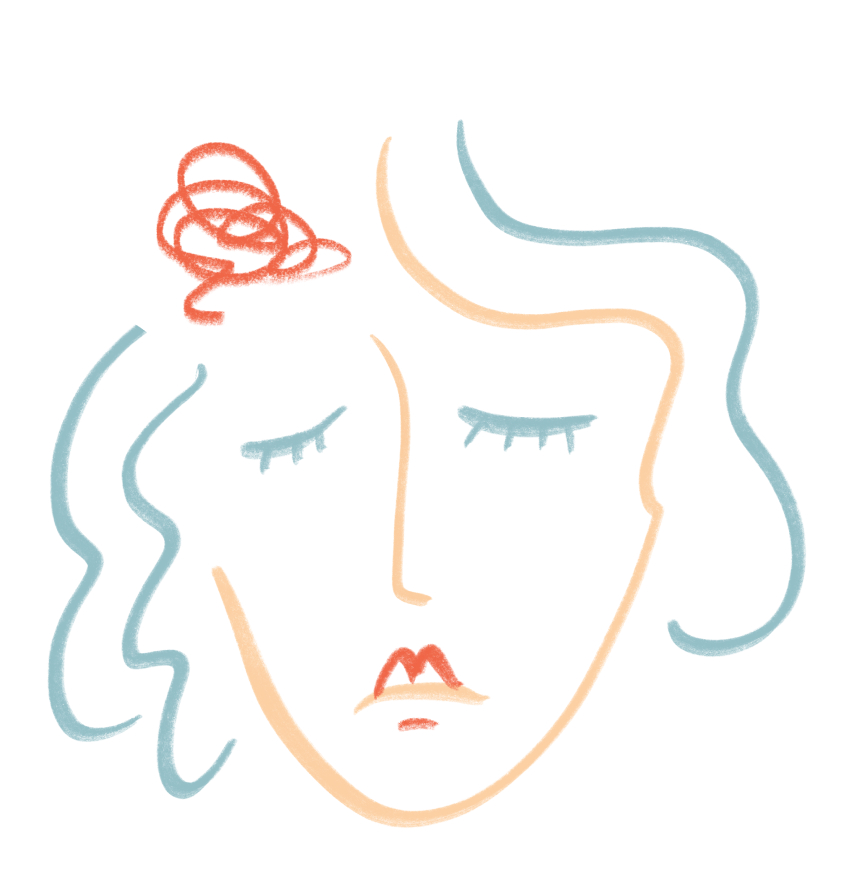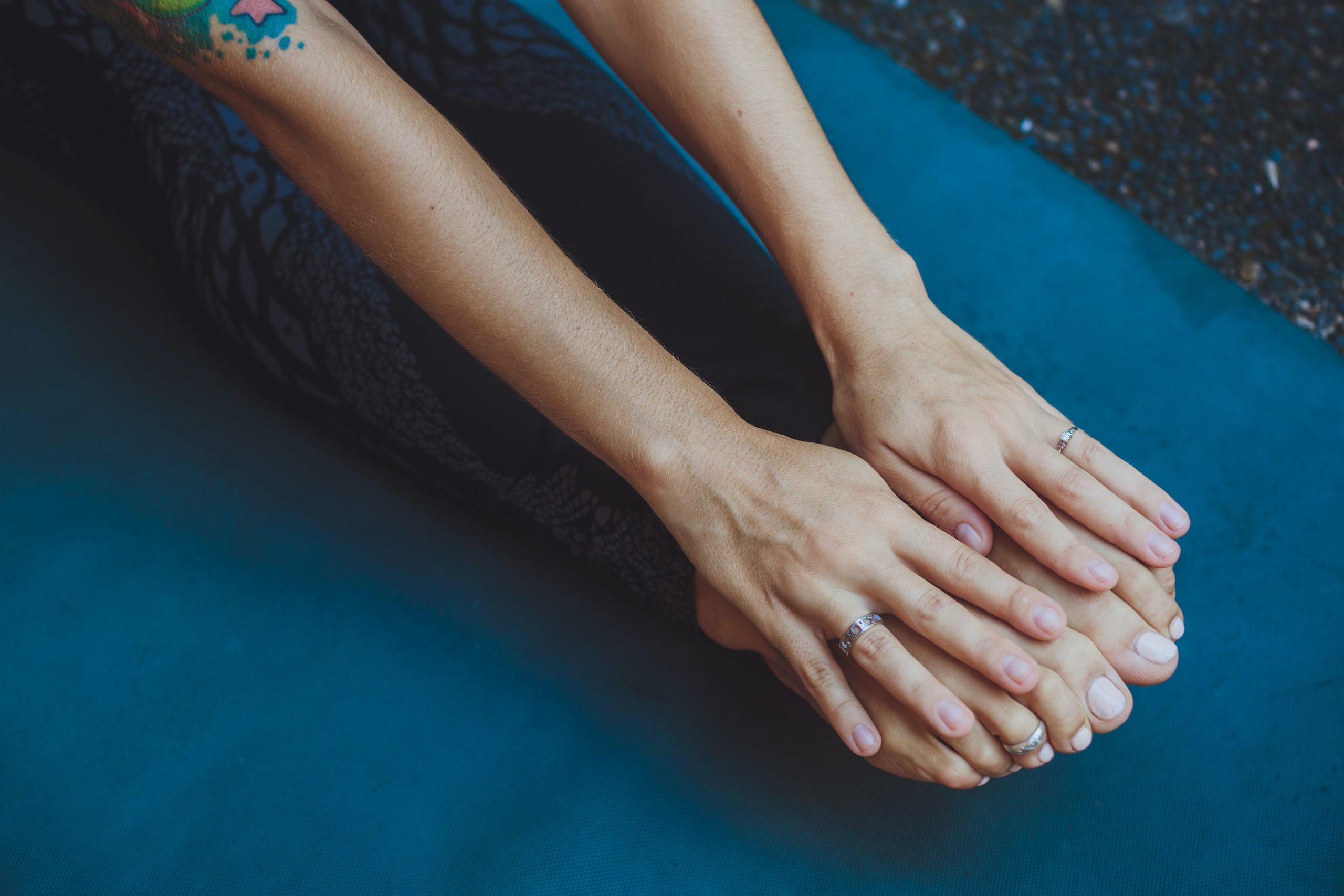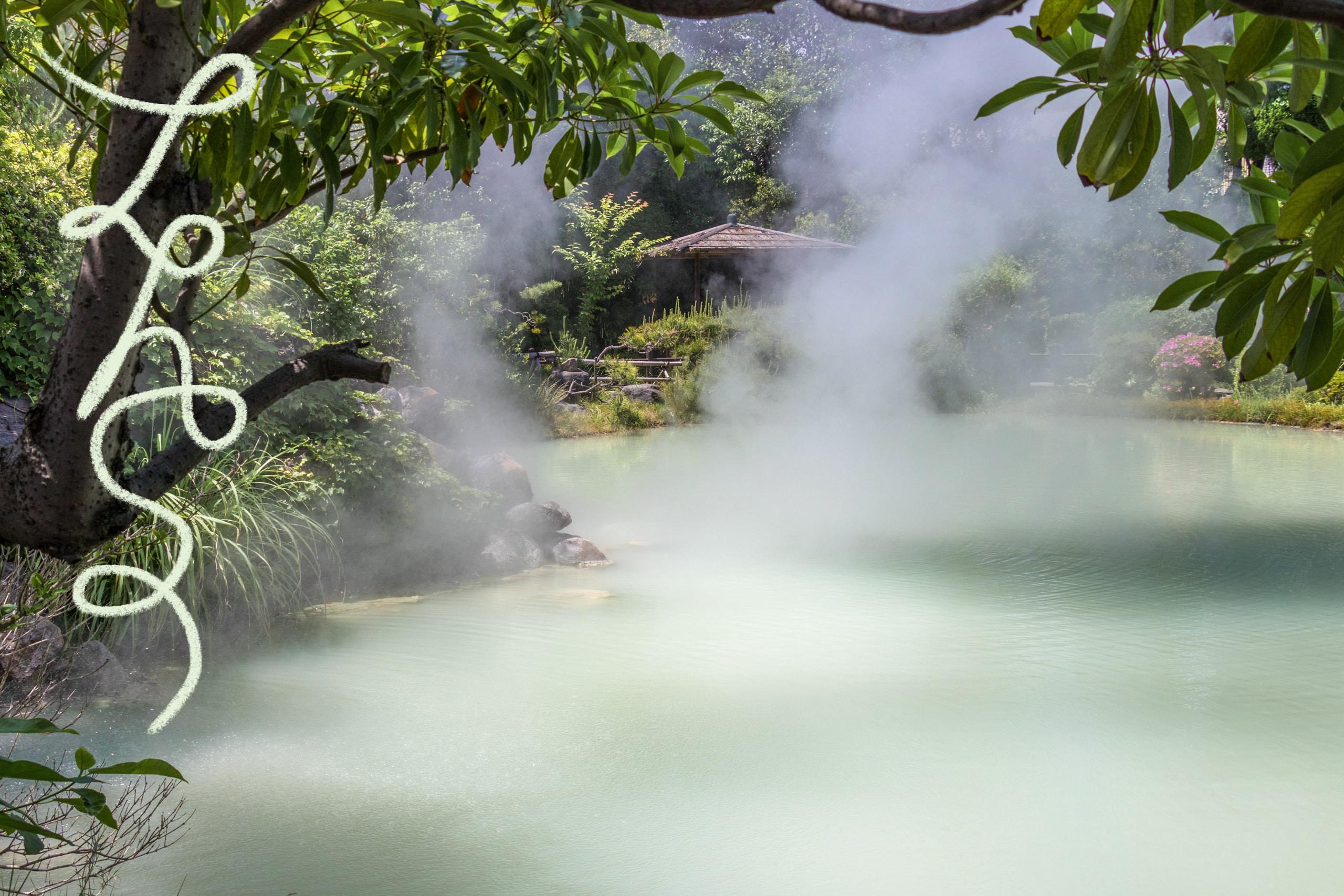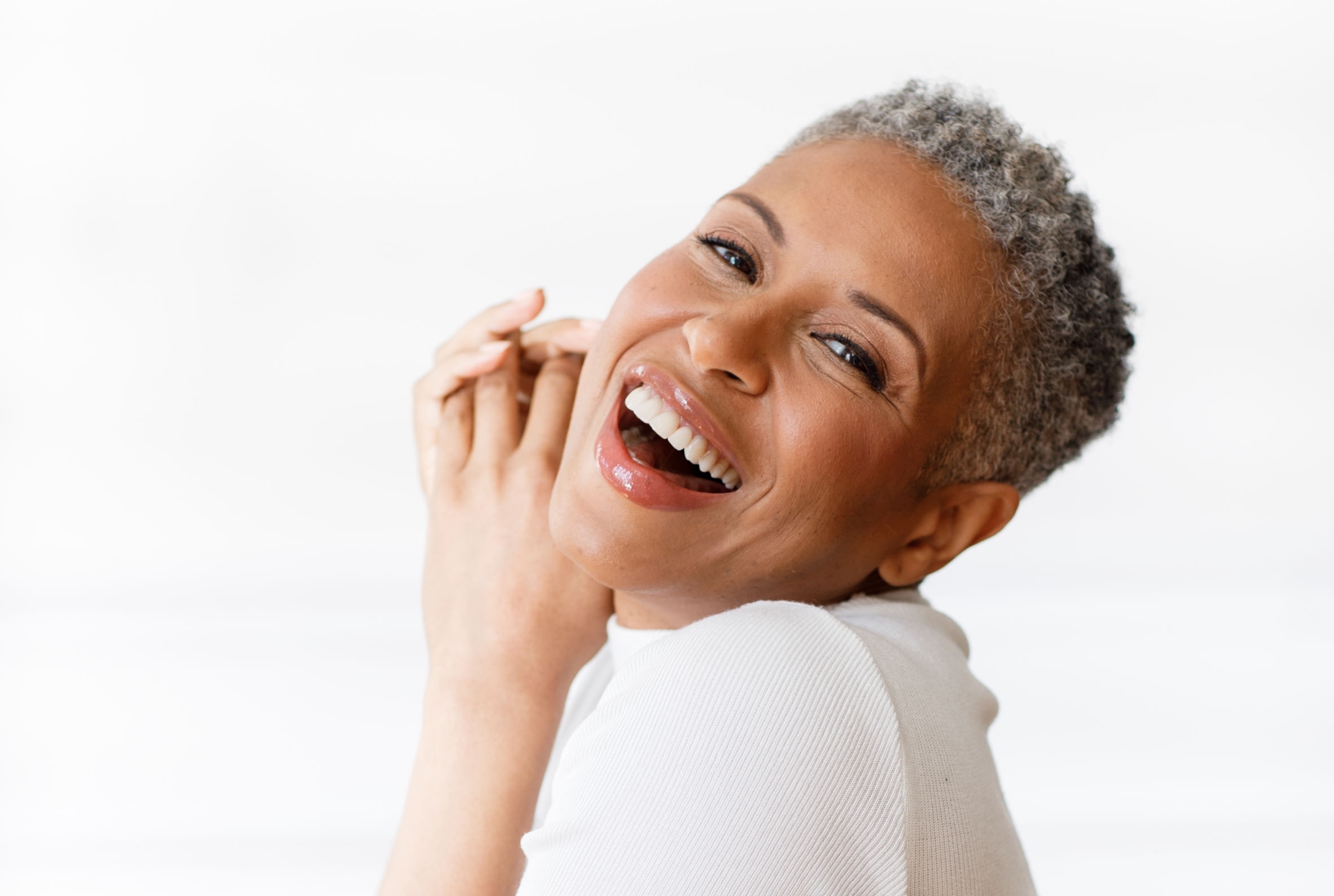WHAT DO WE MEAN BY MENOPAUSE RESTLESS LEGS SYNDROME?
Restless legs syndrome is a common condition that causes the sufferer to feel an overwhelming urge to move their legs. This often happens alongside paraesthesia, a broad medical term for any disturbance in sensation (feeling).
As menopause restless legs syndrome is often worse at night, it can lead to sleep problems. It can also be associated with jerking movements in the arms and legs. These symptoms range from mild to severe, and some women find them distressing and disruptive. It is therefore important that you speak to your doctor if you are struggling.
Start your free online menopause assessment to see if HRT is right for you
WHAT DOES IT FEEL LIKE?
At menopause, abnormal sensations tend to affect the feet, legs, hands and arms. They can take many different forms, such as these below.
Menopause tingling all over the body
This feeling can start in one place or multiple places and travel. It’s hard to pinpoint and sleeping can be a challenge.
Menopause pins and needles
An uncomfortable feeling in your hands and feet that can strike at any time, often at night. It can be hard to get your feeling back.
Creeping feelings
It can feel like ants, flies or whatever critter takes your imagination is on your skin. Super annoying when you are trying to sleep. Read more about skin changes.
Numbness
Waking up with a numb hand or foot can really make getting going in the morning or going to the loo at night a simple task.
Pain
Locked knees, joint pain or aching muscles waking you up during the night? It could be down to hormonal changes in menopause. Read more about aching muscles.
As restless legs syndrome and paraesthesia can both be caused by other medical conditions, your doctor may also prescribe medication to help with your symptoms.

HOW LIKELY IS RESTLESS LEGS SYNDROME DURING MENOPAUSE?
- These symptoms are fairly common
- One study of 5,000 menopausal women found that 18.1% of 45-54 year old women suffered from restless legs syndrome
- This increased to 20.9% in the 55-64 age group
Read more about the stages of menopause.
HOW CAN YOU MINIMALISE RESTLESS LEGS SYNDROME?
- Avoid stimulants including caffeine, alcohol and tobacco
- Take regular exercise
- Maintain good sleep habits (including sleeping at set times, having a relaxing bedtime routine and avoiding daytime naps)
- Take a hot bath before bed
- Massage the affected parts of your body
- Take gentle, relaxing forms of exercise like yoga, tai chi, walking or stretching
As restless legs syndrome and paraesthesia can both be caused by other medical conditions, your doctor may also prescribe medication to help with your symptoms.
WOULD HORMONE REPLACEMENT THERAPY (HRT) HELP?
One small study found that symptoms of restless leg syndrome were more severe in women taking HRT.
However, the relationship between restless legs syndrome, paraesthesia and other symptoms of menopause (which could be improved by HRT) is complex.
For example, we know that restless legs syndrome can be worse if you are struggling with sleep – and HRT can help to improve the quality of your sleep at menopause.
For this reason, it is important to speak to your doctor about your own personal treatment options if you would like to consider HRT. Read more about the HRT debate.
RESTLESS LEGS AND MENOPAUSE
I can remind myself that the moment will pass”






